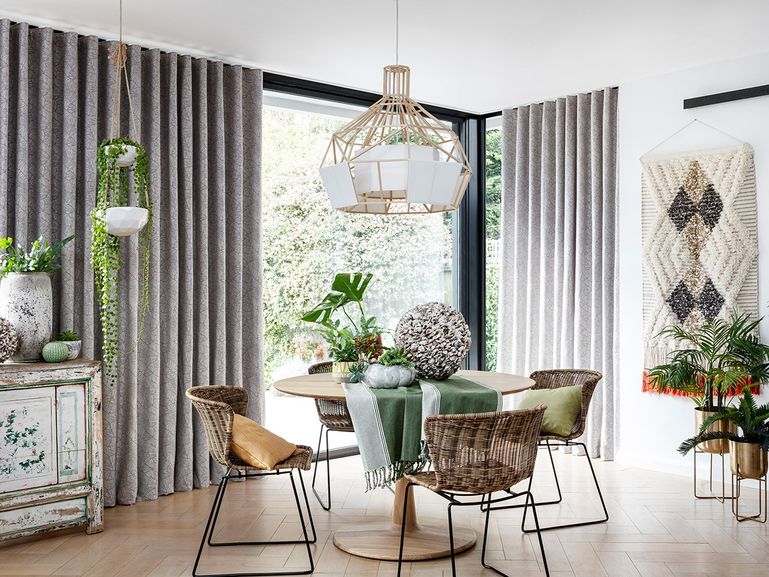When it comes to designing a kitchen that is both functional and aesthetically pleasing, following the guidelines set by the National Kitchen and Bath Association (NKBA) is a great place to start. These guidelines are based on extensive research and industry expertise, making them a valuable resource for any kitchen designer. By implementing the primary NKBA kitchen design principles, you can create a space that not only looks great but also functions at its best, making your daily tasks in the kitchen a breeze.
1. Implementing the NKBA Guidelines for an Efficient and Beautiful Kitchen Design
The Importance of Incorporating NKBA Kitchen Design Standards in House Design

NKBA Kitchen Design: Enhancing Functionality and Aesthetics
 When designing a house, the kitchen is often considered the heart of the home. It is a functional and social space where meals are prepared and memories are made. That is why it is important to carefully plan and design this room to meet the needs of the homeowners. To achieve a kitchen that is not only beautiful but also functional and efficient, many professional designers turn to NKBA Kitchen Design standards.
NKBA Kitchen Design
is an essential aspect of house design, as it focuses on creating a space that is both functional and visually appealing. This approach takes into account the
lifestyle and preferences
of the homeowners, while also considering the latest
trends and innovations
in kitchen design. The National Kitchen and Bath Association (NKBA) provides standards and guidelines that help designers create kitchens that are functional, safe, and accessible for all users, regardless of their age or ability.
One of the key principles of NKBA Kitchen Design is the
work triangle
concept, which places the sink, refrigerator, and cooktop in a triangular arrangement to maximize efficiency and flow in the kitchen. This layout reduces the time and effort required to move between these three essential work areas, making meal preparation and cooking more seamless and enjoyable.
In addition to functionality, NKBA Kitchen Design also puts a strong emphasis on aesthetics.
Design elements
such as color, lighting, and materials play a significant role in creating a visually appealing and cohesive space. With the help of NKBA guidelines, designers can create a kitchen that not only meets the practical needs of the homeowners but also reflects their unique style and personality.
Moreover, incorporating NKBA Kitchen Design standards in house design can
increase the value
of the property. Potential buyers are drawn to homes with well-designed kitchens that offer both functionality and style. By adhering to NKBA guidelines, designers can create kitchens that have lasting appeal and add value to the house.
In conclusion, NKBA Kitchen Design standards are an essential aspect of house design, as they ensure that the heart of the home is not only aesthetically pleasing but also functional and efficient. By incorporating these principles, designers can create kitchens that meet the needs and preferences of the homeowners, while also increasing the value of the property. So, if you want a kitchen that is not only beautiful but also practical and adds value to your home, be sure to consult with a professional designer who incorporates NKBA Kitchen Design standards.
When designing a house, the kitchen is often considered the heart of the home. It is a functional and social space where meals are prepared and memories are made. That is why it is important to carefully plan and design this room to meet the needs of the homeowners. To achieve a kitchen that is not only beautiful but also functional and efficient, many professional designers turn to NKBA Kitchen Design standards.
NKBA Kitchen Design
is an essential aspect of house design, as it focuses on creating a space that is both functional and visually appealing. This approach takes into account the
lifestyle and preferences
of the homeowners, while also considering the latest
trends and innovations
in kitchen design. The National Kitchen and Bath Association (NKBA) provides standards and guidelines that help designers create kitchens that are functional, safe, and accessible for all users, regardless of their age or ability.
One of the key principles of NKBA Kitchen Design is the
work triangle
concept, which places the sink, refrigerator, and cooktop in a triangular arrangement to maximize efficiency and flow in the kitchen. This layout reduces the time and effort required to move between these three essential work areas, making meal preparation and cooking more seamless and enjoyable.
In addition to functionality, NKBA Kitchen Design also puts a strong emphasis on aesthetics.
Design elements
such as color, lighting, and materials play a significant role in creating a visually appealing and cohesive space. With the help of NKBA guidelines, designers can create a kitchen that not only meets the practical needs of the homeowners but also reflects their unique style and personality.
Moreover, incorporating NKBA Kitchen Design standards in house design can
increase the value
of the property. Potential buyers are drawn to homes with well-designed kitchens that offer both functionality and style. By adhering to NKBA guidelines, designers can create kitchens that have lasting appeal and add value to the house.
In conclusion, NKBA Kitchen Design standards are an essential aspect of house design, as they ensure that the heart of the home is not only aesthetically pleasing but also functional and efficient. By incorporating these principles, designers can create kitchens that meet the needs and preferences of the homeowners, while also increasing the value of the property. So, if you want a kitchen that is not only beautiful but also practical and adds value to your home, be sure to consult with a professional designer who incorporates NKBA Kitchen Design standards.














